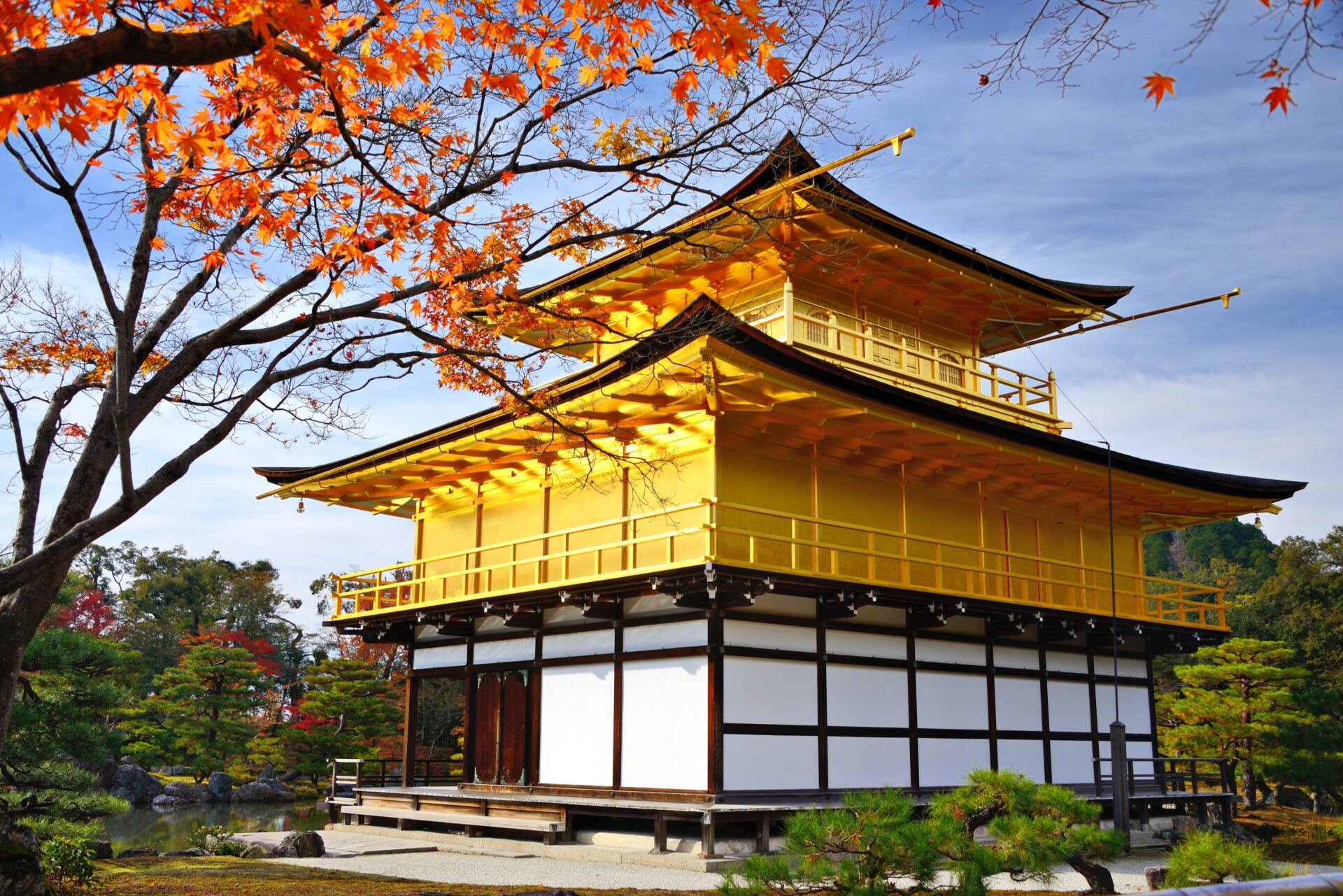Best Seven Japanese UNESCO World Heritage Sites
Japan has some of the most beautiful tourist spots in the world. Such as the mythical dragon eye lake, Sensoji Temple in Asakusa, Tottori dunes, and so on are only a few examples.
Since Japan sees tons of natural disasters every year, many of Japan’s historical sites face a risk of getting destroyed anytime. Therefore, the few that remain are greatly cherished by the nation and its citizens.

United Nations Educational, Scientific and Cultural Organisation, or UNESCO for short, is known globally to have the objective of preserving global natural and cultural landmarks bearing ancient significance. Japan has 24 World Heritage sites. This includes the Okinawan Islands, which got added relatively recently to the list. Among the 24 sites, some are traditional villages, while some are magnificent shrines and Buddhist temples.
These sites are still accessible to local and foreign tourists and remain intact because of great preservation efforts. Here we list some of these spots from the list where you can visit to learn more about Japan’s rich history and culture.
Kii Mountain Range’s Sacred Sites
The Kii Mountain Range is one of the two UNESCO-designated pilgrimage routes. It contains three sacred sites: Yoshino & Omine, Kumano Sanzan, and Koyasan. It’s a great place to hike, with the lush greenery making it a fantastic spot for hiking. Even today, you can still feel the peace and tranquility of ancient Shinto or Buddhist nature worship.
These pilgrimage routes are collectively known as the Kumano Kodo. The modern hiking trails follow old tracks. Among all routes, the one that leads to Nachi Taisha: the Vermillion Pagoda and Nachi no Taki waterfall is the favorite among the people who visit here. These serve as postcard-perfect reward for those who have completed a long hike.
Yakushima
The island is located off the coast of Kyushu has hiking trails in lush, virgin forest. Yakusugi are scattered throughout the island. These cedar trees are ancient. A tree thats more than 2000-years-old, Jomonsugi, lies deep inside the woods. Since it is thought to be oldest tree alive, many treat it as a special spiritual significance. Shiratani Unsuikyo is the most well-known hiking trail. It also inspired movies like “Princess Mononoke”.
Temples in Kyoto
Everyone travelling to Japan should prepare to visit Kyoto. The spiritual city is full of shrines and temples that evoke a traditional Japan that bustling Tokyo cannot match. Kinkakuji Temple is one of the . Here, visitors can enjoy a relaxing time at the Zen rock gardens. For a more peaceful connection to nature and traditional architecture, Kyoto’s neighboring cities Otsu and Uji, are worth visiting.
Uji is best known for its Byodoin temple, located on the backside of the ¥ 10 coins. Uji is quiet in spring and autumn when red maple leaves line the Uji River. Stop by a teahouse to try Uji’s green tea, mixed with soba noodles or ice cream.
Otsu, in Shiga prefecture, is home to many more historical and spiritual sites. Murasaki Shikibu is believed to have written “The Tale of Genji” while staying at Ishiyama-dera in the city. It would be best to visit Enryakuji Temple – it was once home to a legendary sect of Buddhist warrior monks.
The Sacred Mt. Fuji
A trip to Japan would not be complete without visiting Fuji. You can view the spectacular scene at Yamanashi’s Lake Kawaguchiko or the bullet train traveling from Tokyo to Kyoto. Fuji-san has been inspiring Japanese works for as long as we can remember. From Hokusai’s masterpiece, ‘The Great Wave Off Kanagawa“, to themed food items has inspired generations of artists and organizations. UNESCO considers the landmark a source of artistic inspiration.
The great mountain also has a spiritual side: Buddhist pilgrims used to pray at Sengenjinja shrines and then climb the hill to see Asama no Okami (a Shinto deity who is believed to have lived in this crater). The mountain is accessible for climbing in summer. However, most hikers today start at the fifth station, halfway up the hill.
Genbaku Dome
One of the most saddest but impartial segment of Japan’s history is definitely Hiroshima’s, Genbaku Dome. The first atomic bomb fell on Hiroshima on August 16, 1945, destroying everything it came across. Miraculously, Genbaku Dome survived. The city decided to preserve the structure, honor the victims, and remind them of the terrible consequences of nuclear weapons and war.
The Peace Memorial Park is located around the dome and features sculptures and origami cranes that pay tribute to the many victims of the bombing. You should also visit the Peace Memorial Museum, though be sure to prepare yourself for tears.
Gusuku Sites From The Kingdom of Ryukyu
Gusuku Sites are historical and sacred landmarks of the Ryukyu Kingdom, which is now Okinawa. In total, about nine sites are featured by the UNESCO, four of which are in Naha.
Unfortunately in 2019, Shuri Castle, quite a famous site caught fire and was destroyed. Tourists are welcome to visit the reconstruction and other UNESCO sites nearby, such as the Sonohyanutaki stone gate. The gardens of Shikinaen are located south of the castle. They were once part of the royal residence and are known for their mixture of traditional Japanese designs and Chinese. A must-see for history lovers is the Tamaudun, which houses the remains of the Ryukyu royal families.
Historic Villages in Shirakawa-go, Gokayama
The gassho-zukuri-style houses of Shirakawago and Gokayama look like a fairytale village. These remote farmhouses are hidden deep in the mountains, scattered around paddy fields. Their innovative design and slanted roofs that resemble prayer hands have been preserved. These unique features are used to insulate and cool the homes in winter as well as summer. Many homes can be toured to show traditional village life. Some even serve as guesthouses and restaurants.
Also read about 16 reasons why you must visit Japan
